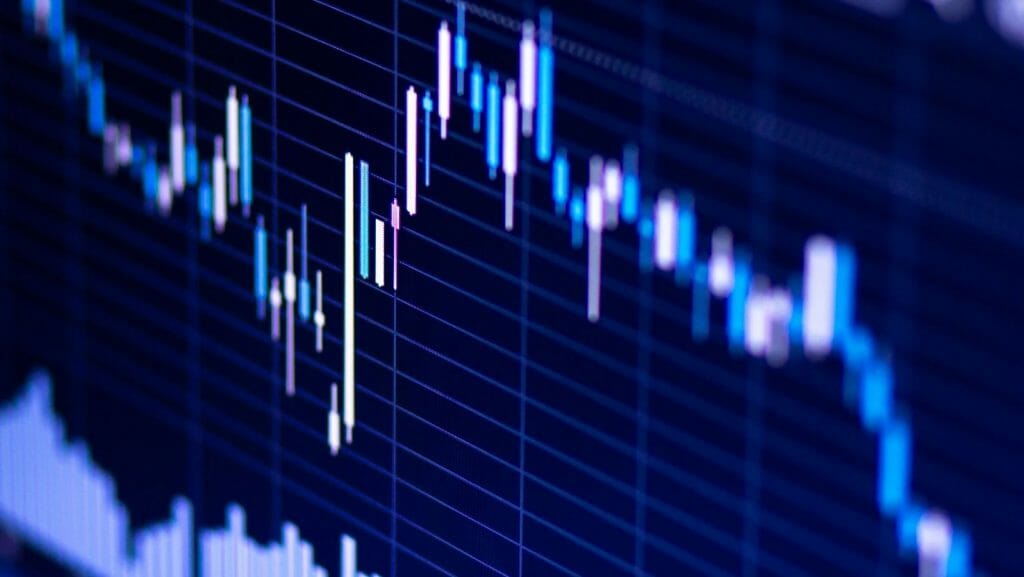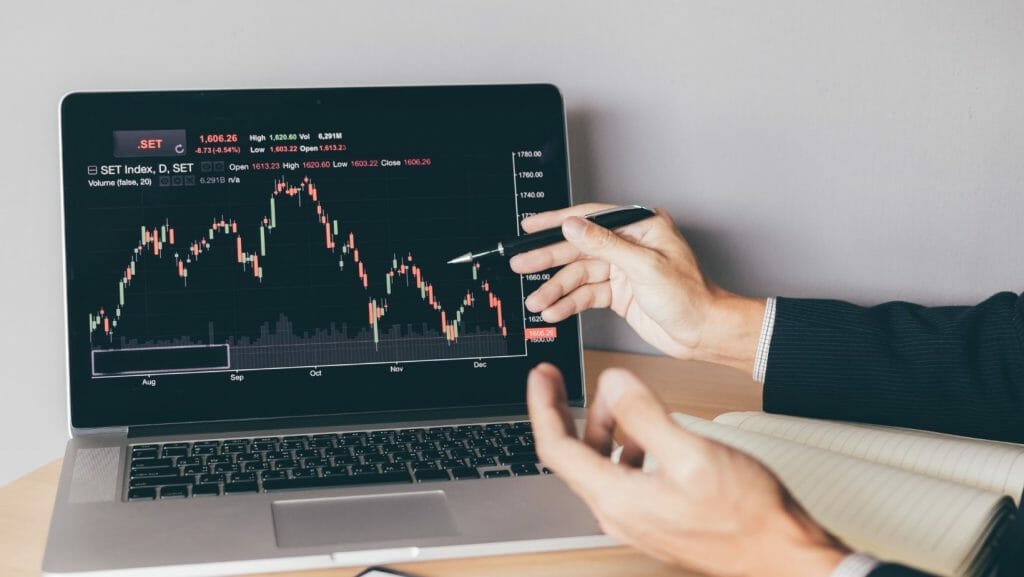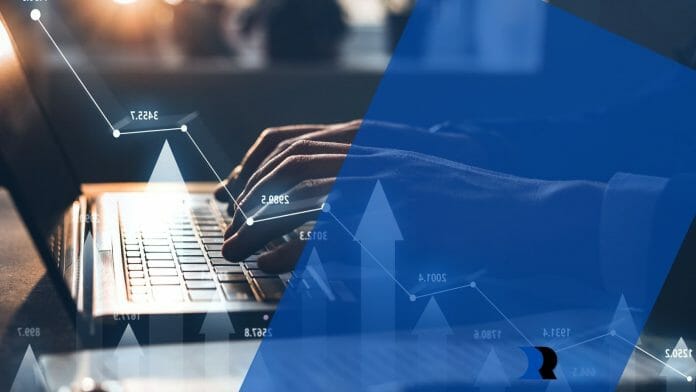Forex trading is frequently regarded as a means of achieving financial independence, but many novice investors consider it complex. As a result, traders typically begin by experimenting with various techniques and manually handling the trading activities.
Several traders, however, become anxious while taking positions or exhausted when monitoring the trading screen for lengthy periods, which can result in the loss of investment and trading discipline. This is why many traders rely on the best forex robots due to their immense benefits and technological advantage over manual trading.
How to determine the best-automated trading strategy
Whether you built your trading plan or implied one established by another trader, testing and ensuring it functions properly is an important element of implementing any FX trading method. The majority of trading bots are created for the MetaTrader platform. One of the fundamental benefits of algorithmic trading methods is to backtest a plan on statistical information fast and efficiently.
Manual backtesting may give more information, and you may be able to recognize an instrument’s pattern, which might help you improve your forex trading skills. This, however, might take days, with no certainty that the technique would be effective. Backtesting should ideally be a combination of automation and a manual approach.

Top strategies for automated forex trading
Mean Reversion
The mean reversion technique is an algorithmic trading method based on the premise that while security rates may change over time, they will inevitably revert to a mean or median level. It incorporates determining a stock’s trading range and estimating its mean value using statistical approaches. When the present current value is lower than the median price, the stock is deemed appealing in the expectations of a price hike. This algorithmic trading approach is advantageous when markets are at their extremes and investors can benefit from its unpredictable swings.
However, this technique may reverse if values do not reverse as quickly as expected, and by that moment, the moving average has caught up with the price, resulting in a lower return to risk ratio.
Arbitrage Strategy
Arbitrage possibilities arise whenever there is a pricing discrepancy in assets traded on different stock markets. The arbitrage technique makes use of these arbitrage possibilities by allowing algorithms to find them as quickly as possible and execute trades if specified conditions are fulfilled.
Three requirements must be met for arbitrage to take place. To begin with, the same securities should not be traded at the same rate across all marketplaces. Secondly, asset classes with identical cash flows should not have the same price. Finally, a future-priced investment should not be traded presently at that price, reduced at the risk-free interest rate.
Furthermore, the trades should take place simultaneously to reduce market volatility or the chance that the value of one marketplace would fluctuate before the other. In such situations it’s good to leverage working with a platform that provides forex funding programs.
Momentum Strategy
This is the simplest and most often utilized automatic trading technique. To perform trades, it monitors the market’s predominant patterns and momentum. This strategy examines technical indicators such as moving averages and price level fluctuations to produce buying and selling orders. When a specified set of criteria is satisfied, as defined by the technical analysis, these orders are usually issued. Momentum is a well-known aspect of the forex market, with many market prices trending over several years. As a result, this trend-following approach is likely to provide higher rates of return.
Market Timing
Market timing techniques utilize a process that incorporates live monitoring, backtesting, and advanced testing. The early phase of market timing is backtesting, which includes modeling potential transactions using in-sample data. The following stage optimizes the findings to achieve the best possible outcomes. Forward testing is the second phase of market timing, and it entails testing the algorithms through data samples to confirm they function according to the backtested predictions. The final stage is live testing, which enables a programmer to compare real-time transactions to the algorithms that have been backtested and forward tested.

Conclusion


